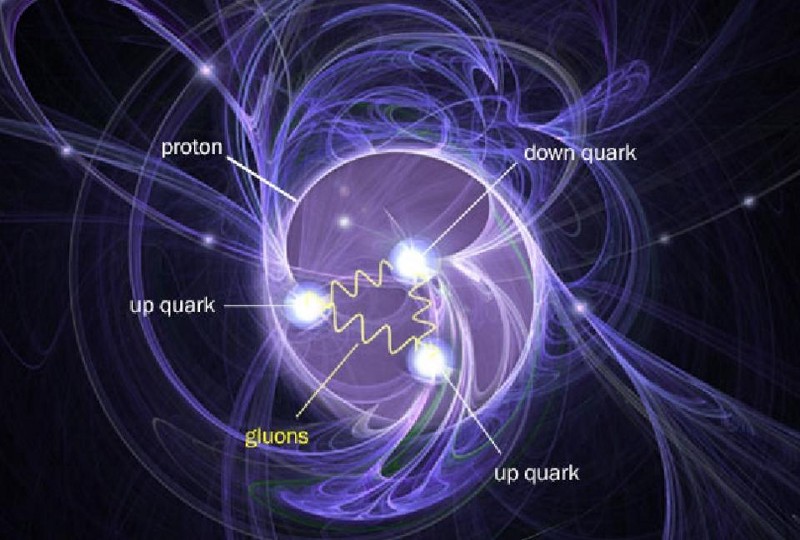Lessons from Sherlock Holmes Pt.I: Paying Attention to What Isn’t There

Today, we begin with the first in a brief series of lessons from Sherlock Holmes on the importance of true observation, of using our senses to their fullest potential to be fully mindful as we make our decisions. The first lesson is, perhaps, the most difficult to apply on a regular basis: pay attention to what isn’t there, not just what is. Absence is just as important and just as telling as presence.
The curious incident of the dog in the nighttime: what doesn’t happen matters as much as what does
It is precisely on this distinction that Holmes bases his insight in “Silver Blaze.” When Inspector Gregory asks, “Is there any point to which you would wish to draw my attention?” Holmes responds, “To the curious incident of the dog in the night-time.” But, protests the inspector, “The dog did nothing in the night-time.” To which Holmes delivers the punch line: “That was the curious incident.”
For Holmes, the absence of barking is the turning point of the case: the dog must have known the intruder. Otherwise, he would have made a fuss.
For us, the absence of barking is something that is all too easy to forget. We don’t even dismiss things that aren’t there; we don’t remark on them to begin with. But often, they are just as telling and just as important—and would make just as much difference to our decisions—as their present counterparts.
How asking what isn’t there can help us make better decisions
Take, for example, a decision to buy something. Some information will be there, right up front. But some will be silent. And marketers have spent countless hours and dollars figuring out how to get you to buy what they want you to buy—and not, perhaps, what you might want to buy for yourself—by presenting the information in a highly strategic way. The tricks are endless (and each one could merit a book chapter on exploiting the irrationalities of our decision making). What you present first, where it is positioned, what it is next to: all of this will influence what you buy.
Numerous studies have illustrated that our brains are quite faulty when it comes to processing information in a way that adequately takes into account what is and isn’t there. We systematically undervalue high probabilities and overvalue low; we confirm what we want to see and discredit what we don’t—and the strategic omission of information plays into every single one of these tendencies. In other words, marketers like to exploit what’s called omission neglect: they omit, we neglect; they win, we lose.
The pantyhose study: strategic presentation of information biases judgment
An effect in isolation can be minor, and not really malicious. Take, for instance, this simple study. In 1977, Nisbett and Wilson ran a series of experiments in a shopping mall. They placed four pairs of pantyhose on a table and asked participants to choose one. In reality, the pairs were identical. However, participants overwhelmingly chose the rightmost pair – and refused to believe the experimenter when told that position might have influenced their choice. The original omission: the pairs were the same. The effect of the mindless choice (i.e., a choice that didn’t really look at the pantyhose to see that they were, in fact, the same): even when told of the omission, in essence leveling the playing field—something not often done in the real world—participants refused to believe it, clinging instead to confirming the choice they had already committed to.
Such minor effects add up and can even mask defects or information that is omitted on purpose because it might detract from the appeal of an item. Your job is to look beyond what is presented and to actually, mindfully interact with it. In a purchase: ask, what aren’t I being told that might be important, even if all the things I am being told are fantastic? Dig deeper and probe for what isn’t there. It’s likely that you actually have more information that you know (in the pantyhose example: your senses should tell you all pairs are identical, and you shouldn’t dismiss that information; in that case, what ‘isn’t there’ is actually right in front of your eyes).
Or, how about a decision to accept a date with someone, or to decide, after a date, whether to go on another one? People present themselves strategically, too. Wouldn’t you want to ask what isn’t there—both what is omitted on purpose and what may not be there at all that you might actually want—and not just focus on what is?
Non-choices are choices, too
Finally, let’s go back to that curious dog. He could have barked or not. He didn’t. One way to look at that is to say, as the inspector does, he did nothing at all. But the other is to say, as Holmes does, that’s not true. He did something. He actively chose not to bark. The result of the two lines of reasoning is identical: a silent dog. But the implications are diametrically opposed: passively doing nothing, or actively doing something.
As I wrote in my first-ever Artful Choice post, non-choices are choices, too. And they are very telling choices at that. Take the well-known default effect: more often than not, we stick to default options and don’t expend the energy to change, even if another option is in fact better for us. It’s simply easier to do nothing. But that’s doesn’t mean we’ve actually not done anything. We have. We’ve chosen, in a way, to remain silent.
Pay attention to it all. Actively engage and never just assume an absence means nothing. While it’s easier by far to assume it doesn’t, or ignore it altogether, easier doesn’t mean better, especially when it comes to your own, personal decisions.
[image credit:Sherlock Holmes revealing the murderer of the trainer, John Straker From “The Adventure of Silver Blaze” By Sir Arthur Conan Doyle, originally published in Strand Magazine in 1892, Sidney Paget]




